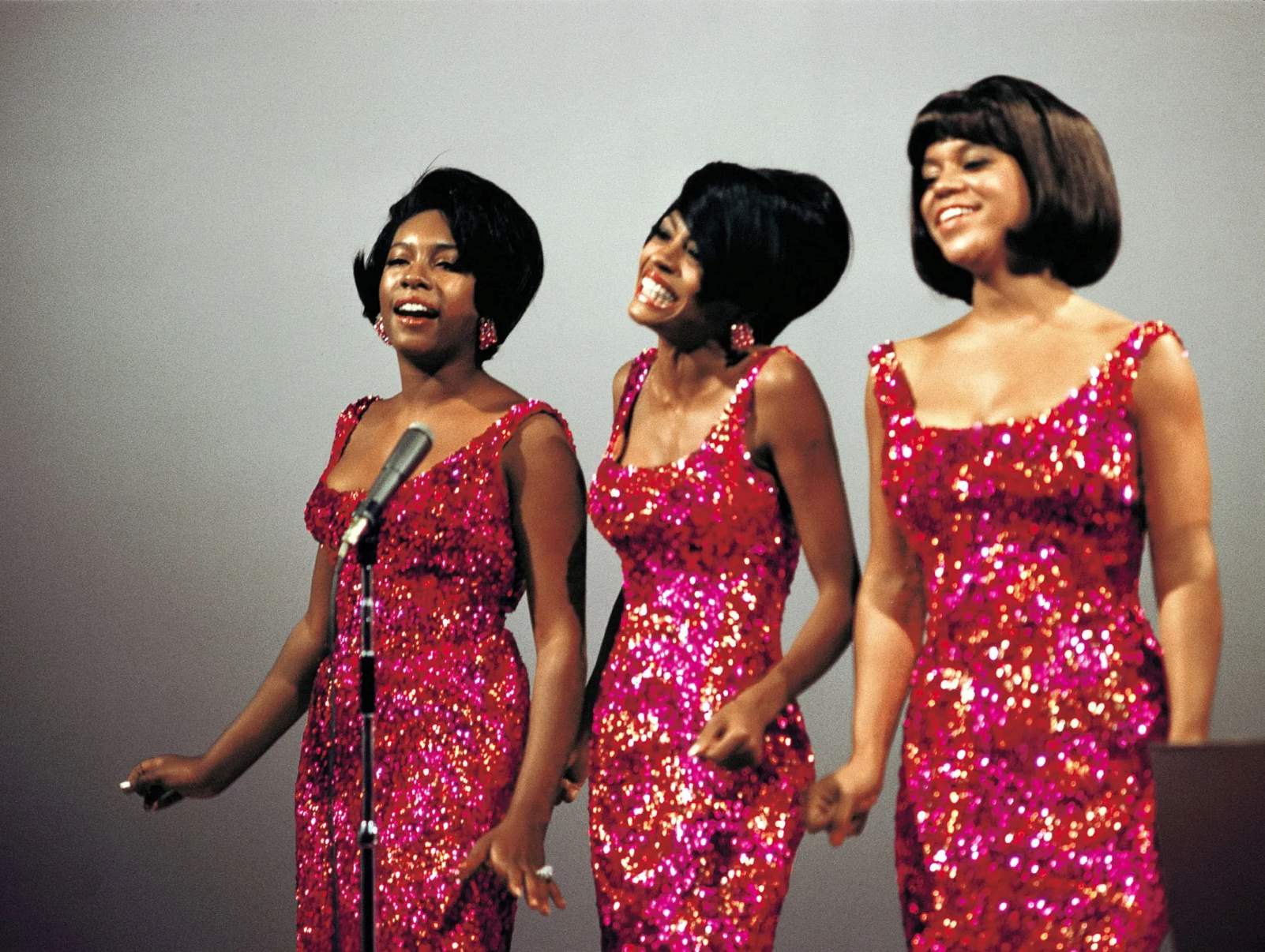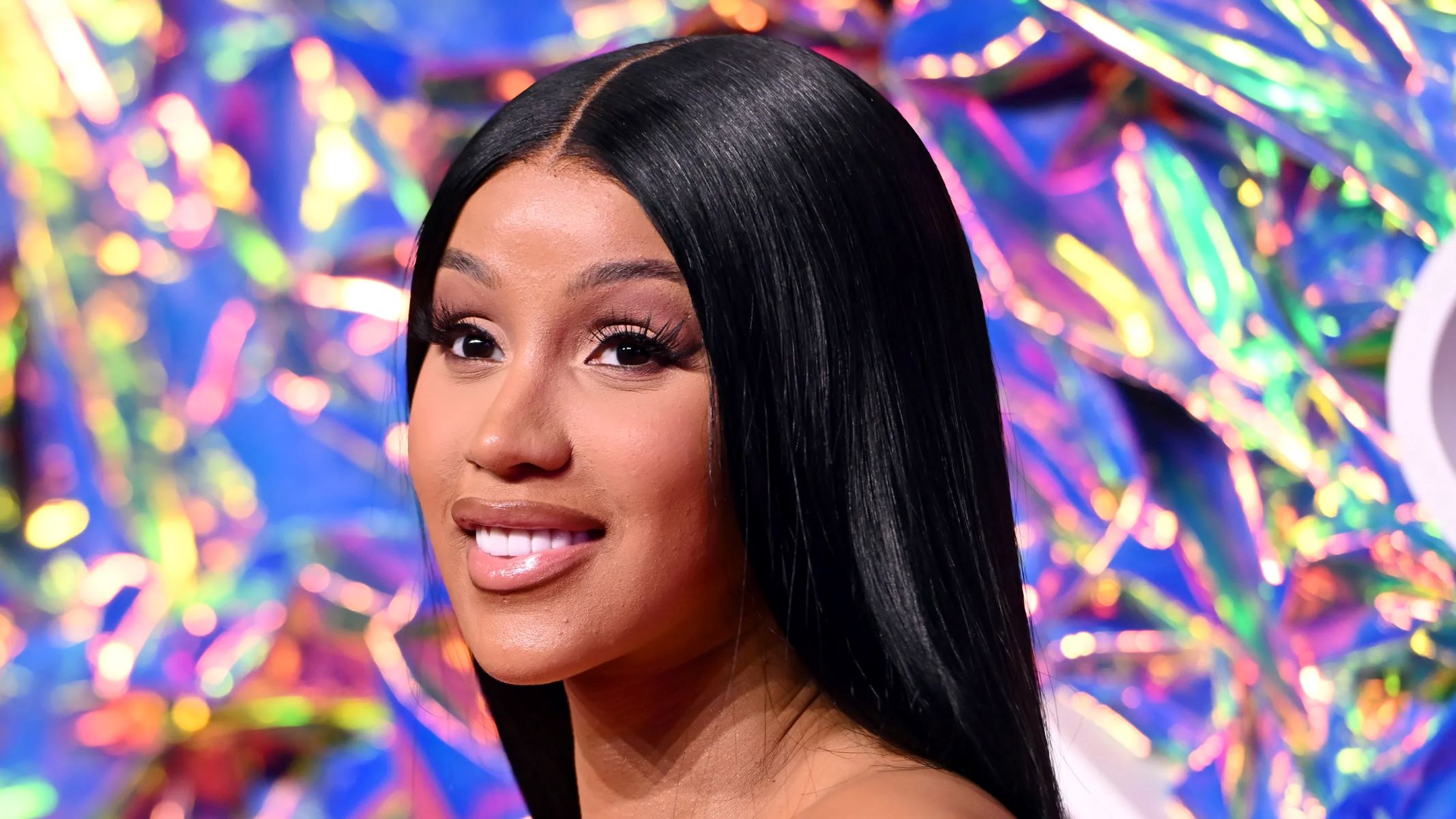Home>Production & Technology>Record Label>What Record Label Signed The Supremes?


Record Label
What Record Label Signed The Supremes?
Published: January 24, 2024
Find out which record label signed The Supremes, one of the most iconic girl groups in history. Uncover their journey to success and the impact of their record label on their career.
(Many of the links in this article redirect to a specific reviewed product. Your purchase of these products through affiliate links helps to generate commission for AudioLover.com, at no extra cost. Learn more)
Table of Contents
Introduction
The Supremes, an American female singing group, made a significant impact on the music industry during the 1960s. With their catchy tunes, impressive vocal harmonies, and glamorous style, they captivated audiences worldwide. The story of The Supremes is a tale of talent, hard work, and a groundbreaking record label that recognized their potential.
Originally formed as the Primettes in 1959, the group consisted of Florence Ballard, Mary Wilson, Diane Ross (later known as Diana Ross), and Betty McGlown. The Primettes started out as a sister act, inspired by popular girl groups of the time like The Shirelles and The Ronettes.
The group underwent a few lineup changes before finally settling as a trio with Florence Ballard, Mary Wilson, and Diana Ross. Their unique blend of voices and synchronized choreography quickly caught the attention of music industry insiders.
As the 1960s rolled in, The Supremes started gaining traction with a string of successful singles, including “Where Did Our Love Go,” “Baby Love,” and “Stop! In the Name of Love.” These hits propelled them to the top of the charts and solidified their status as one of the most successful groups of the era.
However, their journey to stardom was not without its challenges. Like many African American artists of that time, they encountered racial segregation and discrimination. Despite these obstacles, The Supremes persevered and continued to make their mark on the music industry.
It wasn’t until the early 1960s that The Supremes caught the attention of Berry Gordy, the founder of Motown Records. Recognizing their immense talent and potential, he signed them to the label in 1961. This pivotal moment marked the beginning of a fruitful partnership that would shape the trajectory of their careers.
Over the next decade, The Supremes achieved unprecedented success, becoming the most successful American group of the 1960s. With hits like “You Can’t Hurry Love,” “Reflections,” and “Someday We’ll Be Together,” they dominated the charts and captivated audiences with their soulful sound and glamourous stage presence.
The legacy of The Supremes extends far beyond their chart-topping hits. They broke down barriers as one of the first African American acts to achieve mainstream success and paved the way for future generations of artists. Their influence on pop music and fashion is still felt today, making them true icons of their time.
In this article, we will delve deeper into The Supremes’ early years, their rise to fame, and how they secured a deal with Motown Records, forever etching their names in music history.
Early Years of The Supremes
The Supremes began their journey in the late 1950s as the Primettes, a quartet formed by Florence Ballard, Mary Wilson, Diane Ross (later known as Diana Ross), and Betty McGlown. The group initially started singing together in their Detroit neighborhood, inspired by popular girl groups like The Shirelles and The Ronettes.
During these early years, the Primettes performed at local talent shows and parties, honing their harmonies and stage presence. Their determination and talent eventually caught the attention of record executive Milton Jenkins, who introduced them to Berry Gordy, the founder of Motown Records.
However, the Primettes faced some challenges in their early years. Betty McGlown departed from the group in 1960, and they continued as a trio. They also underwent a name change, becoming “The Supremes” at Gordy’s suggestion to give them a more powerful and sophisticated image.
The Supremes began recording singles and releasing music under various labels, including the Motown subsidiary, Tamla Records. These early recordings showcased their versatility, with a mix of doo-wop, pop, and R&B influences.
Despite their talent, The Supremes struggled to gain significant chart success. Their first eight singles failed to make a lasting impact, leaving them in the shadows of more successful Motown acts at the time, such as The Marvelettes and The Miracles.
However, their perseverance and Gordy’s belief in their potential kept them going. They continued to refine their sound and stage presence, seeking the perfect formula for success.
The turning point came in 1963 when The Supremes released “When the Lovelight Starts Shining Through His Eyes.” This single cracked the Billboard Hot 100 and paved the way for their future hits.
With the arrival of Holland-Dozier-Holland, a talented songwriting and production team, The Supremes found their signature sound. Relying on catchy melodies, lush instrumentation, and tight harmonies, their songs became instantly recognizable and unforgettable.
These early years were crucial for The Supremes, as they honed their skills, found their unique identity, and laid the foundation for their meteoric rise to fame. While they had yet to achieve their iconic status, their dedication and perseverance during this time set the stage for what was to come.
Rise to Fame
Following their breakthrough with “When the Lovelight Starts Shining Through His Eyes,” The Supremes experienced a rapid ascent to fame in the mid-1960s. Their next singles, including “Where Did Our Love Go,” “Baby Love,” and “Come See About Me,” all climbed to the top of the charts, solidifying their status as the reigning queens of Motown.
One of their defining characteristics was their impeccable harmonies. Led by the powerful and soulful voice of Diana Ross, complemented by the melodic tones of Florence Ballard and Mary Wilson, The Supremes’ vocal blend was unmatched in the industry. Their ability to seamlessly blend elements of pop, R&B, and soul music propelled them into mainstream success.
In addition to their immense talent, their image and style played a crucial role in their rise to fame. The Supremes were known for their glamorous attire, with elaborate matching gowns, sophisticated hairstyles, and impeccable makeup. They embodied a sense of elegance and grace that captivated audiences worldwide.
As their popularity soared, The Supremes graced the stages of legendary venues such as the Apollo Theater and the Ed Sullivan Show. They became a staple on television variety shows, captivating audiences with their electrifying performances and infectious energy.
By 1965, The Supremes broke even more barriers by becoming the first all-female group to achieve five consecutive number one hits on the Billboard Hot 100. Their chart-topping success continued with songs like “Stop! In the Name of Love” and “Back in My Arms Again.”
Their impact was not limited to the music charts. The Supremes became cultural icons, influencing fashion trends with their glamorous stage outfits. They were admired for their poise and charisma, inspiring countless young women who aspired to follow in their footsteps.
With their rise to fame, The Supremes became regular guests on television shows, making appearances on popular programs such as “The Ed Sullivan Show,” “American Bandstand,” and even landing their own variety show, “The Supremes Show” in 1967. They became international sensations, touring Europe and captivating audiences worldwide.
Despite their remarkable success, tensions arose within the group. Florence Ballard, an integral member of The Supremes, struggled with personal and professional challenges. Her decreasing presence and contributions to the group led to her eventual departure in 1967. The Supremes continued as a duo with Diana Ross and Mary Wilson.
The rise to fame for The Supremes was a whirlwind journey, propelled by their exceptional talent, captivating performances, and timeless hits. They not only transformed the music industry with their groundbreaking achievements but also left an indelible mark on popular culture that continues to resonate today.
Signing with Motown Records
One of the most significant moments in the history of The Supremes was when they signed with Motown Records, a renowned record label founded by Berry Gordy. This partnership would shape their careers and catapult them to superstardom.
In 1961, after catching the attention of Motown executive Milton Jenkins, The Supremes were introduced to Berry Gordy. Impressed by their talent and potential, Gordy decided to sign them to the label, recognizing their unique sound and marketability.
Motown Records was known for its distinctive “Motown Sound,” which blended elements of soul, pop, and R&B. The label was home to numerous successful acts, including The Temptations, Stevie Wonder, and Smokey Robinson. Joining this esteemed roster was a turning point for The Supremes, providing them with a platform to showcase their talent.
Under the mentorship of Berry Gordy, The Supremes underwent intensive training in all aspects of their craft, from singing and choreography to presentation and stage presence. Gordy instilled in them a sense of professionalism and encouraged them to strive for excellence at every performance.
The Supremes’ early releases with Motown didn’t achieve immediate success. It wasn’t until 1964, with the release of “Where Did Our Love Go,” that they scored their first number one hit on the Billboard Hot 100. This marked the beginning of a remarkable streak of success that would define their career.
Motown Records played a crucial role in shaping The Supremes’ sound and image. The label assigned the talented songwriting and production team of Holland-Dozier-Holland to work with the group, resulting in a string of iconic hits that showcased their harmonies and musical finesse.
Berry Gordy also played a hands-on role in guiding The Supremes’ career. He recognized the importance of image and presentation, ensuring that they always looked impeccable on stage and promoting them as polished, sophisticated performers.
With the support and resources provided by Motown Records, The Supremes were able to reach a wider audience. Their music was played across radio stations and their records sold in large quantities, making them one of the most commercially successful acts of the era.
Signing with Motown Records was a pivotal moment for The Supremes. It not only gave them the opportunity to work with some of the industry’s best talents but also launched them onto a global stage. Motown Records provided them with the platform, guidance, and resources needed to become the legends they are known as today.
Success and Legacy
The Supremes’ success knew no bounds during the 1960s, firmly establishing them as one of the most successful groups in music history. Their string of chart-topping hits, glamorous image, and undeniable talent left an indelible mark on pop culture that continues to resonate.
From 1964 to 1969, The Supremes achieved twelve number one hits on the Billboard Hot 100, a remarkable feat that no other American group had accomplished at the time. Songs like “Baby Love,” “Stop! In the Name of Love,” and “You Can’t Hurry Love” became anthems that defined an era.
Their success extended beyond the music charts. The Supremes became household names, gracing the covers of magazines, appearing on television variety shows, and touring across the globe. They became international icons, transcending boundaries and inspiring generations of artists.
One aspect of their success was their ability to connect with diverse audiences. The Supremes’ music blended elements of pop, R&B, and soul, appealing to a wide range of listeners. Their irresistible melodies and infectious harmonies resonated with people from all walks of life.
However, The Supremes faced internal challenges during their journey to success. In 1967, Diana Ross, the lead vocalist, left the group to pursue a solo career. The Supremes continued as a duo with Mary Wilson and new member Cindy Birdsong. Despite these changes, they continued to release music and achieve success.
After Diana Ross’s departure, The Supremes had hits such as “Someday We’ll Be Together.” However, the group’s dynamic gradually changed, and they disbanded in 1977. Nevertheless, their impact and legacy remain intact.
The Supremes broke down racial and gender barriers, becoming one of the first African American acts to achieve mainstream success. Their achievements paved the way for future generations of artists, influencing genres such as pop, R&B, and soul. They were instrumental in showcasing the talent and artistry of African Americans in the music industry.
Furthermore, The Supremes’ sense of style and fashion set trends and became synonymous with the glamour of the 1960s. Their glamorous stage outfits and effortlessly chic style continue to inspire fashion designers and enthusiasts today.
Their legacy can also be seen in the countless tribute acts, cover versions of their timeless hits, and the influence they have had on subsequent artists. Artists like Beyoncé, Mariah Carey, and Destiny’s Child have cited The Supremes as major influences on their careers.
Even decades after their heyday, The Supremes’ music remains relevant and timeless. Their songs are still played on the radio, featured in movies, and enjoyed by music lovers of all ages.
The Supremes’ rise to fame, unparalleled success, and lasting legacy are a testament to their incredible talent and the impact they had on popular music. They broke barriers, set records, and left an indelible mark on the music industry that will never be forgotten.











